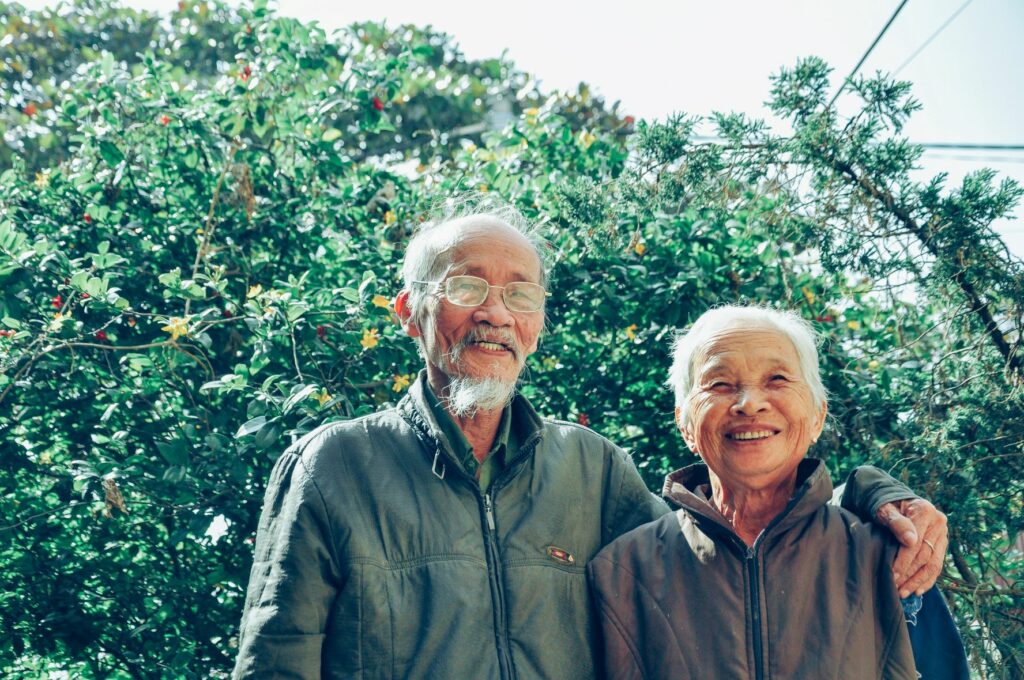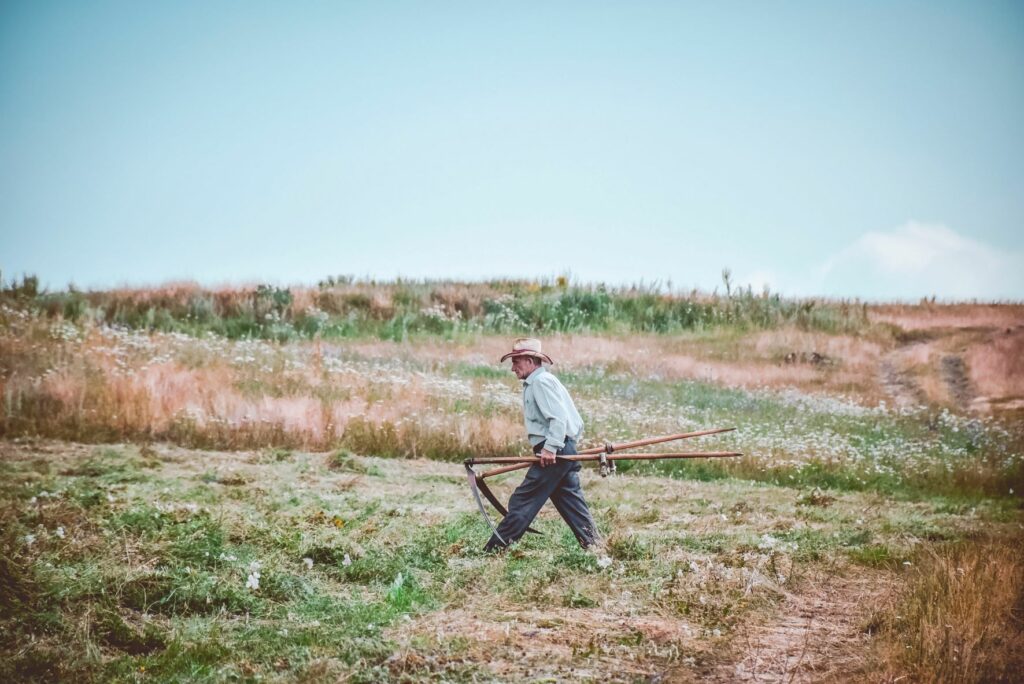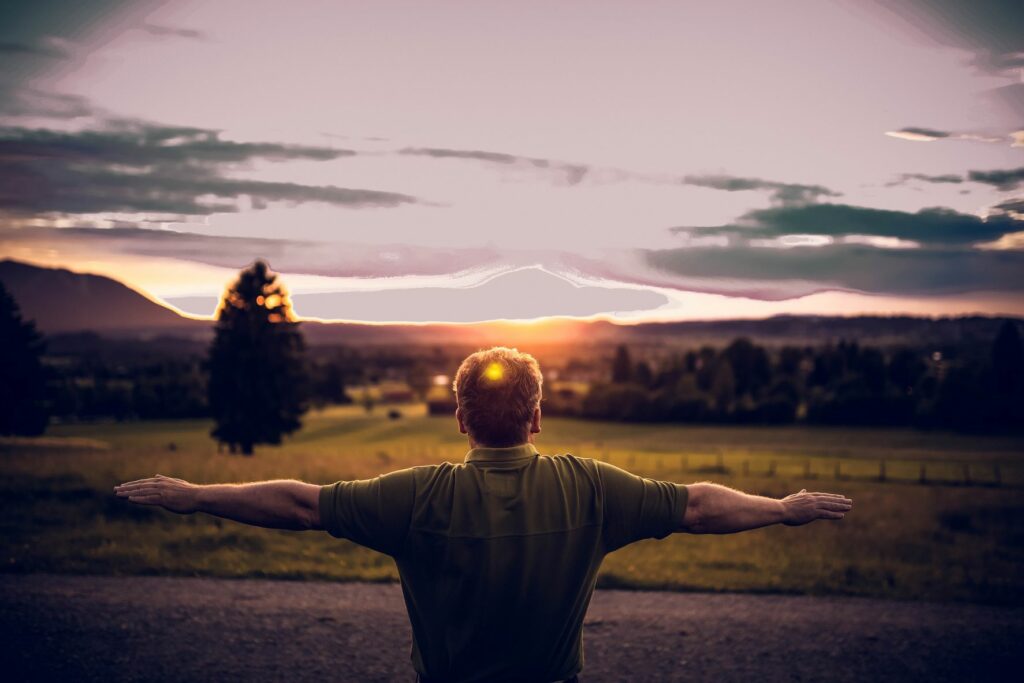
What Are Blue Zones?
Whilst immersing yourself in health-related literature, you may have stumbled across the concept of ‘Blue Zones’, which are specific areas of the globe where people live to 100 years. However, questions remain regarding the nature of these regions and the underlying characteristics that define them.
Blue Zones refer to geographical areas where the underlying population has low rates of chronic diseases and possess the longest lifespans. In 2012, National Geographic explorer, Dan Buettner, coined the term whilst attempting to uncover the secrets of the longevity of populations around the world. During his expedition, Dan and his team of scientists discovered 5 places around the world possessing the highest percentage of centenarians (i.e., people over the age of 100) and dubbed their respective locations ‘Blue Zones’. The subsequent challenge involved identifying the common denominators that drove longevity in each of these respective locations to quantify evidence-based strategies that could be distributed to the rest of the world.
Blue Zones
Currently, there are five Blue Zones that are documented around the world:
- Sardinia: Located off the coast of Italy, Sardinia was one of the first Blue Zones to be identified by Dan and his team. The kidney-shaped island consists of clusters of small villages that have remained largely untouched by external influence due to its geographic isolation. The study of Sardinians found that the island possesses almost 10 times more centenarians per capita than the United States. Inhabitants have kept a traditional healthy lifestyle involving hunting, fishing and consuming food that is harvested locally.
- Loma Linda: This Californian town is the founding location of The Seventh-day Adventist Church and is the home of approximately 9000 of its members forming its own Blue Zone region. The Adventist community in Loma Linda has been evidenced to outlive the average American by 10 years, a statistic that is attributed to their healthy lifestyle choices which are set in place by their faith.
- Nicoya: This small rural beach community located on the northwest coast of Costa Rica has an average life expectancy of 90 where many inhabitants often live past 100 years and boasts of possessing the highest percentage of centenarians in the world. Its elder population hold deep communitarian values and are physically active despite their old age.
- Ikaria: Found in the Aegean Sea, off the coast of Greece, Ikarians possess extremely strong health with the population of elders being almost entirely free of neurodegenerative diseases such as dementia, as well as various other chronic diseases that are rather common in developed countries in the west.
- Okinawa: Okinawa is the most well-documented Blue Zone to date. This island is Japan’s southernmost prefecture and is home to the longest living women in the entire world. Once known as the land of immortals, Okinawans are almost entirely free of heart disease, cancer and dementia. Not only do they practice healthy dietary habits, but they also possess a strong sense of purpose in life which has been termed “Ikigai“, broadly defined, meaning to have a strong sense of purpose and a reason to live.
Drivers of Health and Longevity in Blue Zones – The Power of 9
Numerous studies support the notion that individuals living in these Blue Zones possess longer than average lifespans (1, 2). However, the primary aim of investigating Blue Zones is to determine the underlying mechanisms that drive longevity within these regions and how they can be implemented in other contexts. As such, in his book, Buettner and his team of scientists outlined 9 evidence-based common denominators among the centenarians of the Blue Zones that explain their extended lifespans and robust health (3).
1. Natural Physical Activity is Inherent

In the west, exercise and fitness culture is promoted via access to gyms, running and various other fitness-related activities. Although these activities foster many physical benefits, they are not built into our everyday lives. Conversely, exercise in Blue Zones is naturally integrated within the environment and consistently pushes inhabitants into natural forms of exercise without them having to think about it.
A study on Sardinian Blue Zone men found that their extended lifespans were positively associated with the daily handling of farmland (I.e., sowing the field, raising farm animals and harvesting produce), living on mountainous landscapes that required crossing steep terrain and walking additional distances to complete tasks (4).
These findings are consistent with mainstream scientific research that associates physical activity with a lower risk of death and cardiovascular-related diseases (5). In addition, if physical activity is an inherent part of daily living, it will provide a persistent form of natural movement that reinforces the body and further protects it from chronic disease (6).
2. A Predominantly Plant-Based Diet
Although meat is consumed on various occasions, the diet of Blue Zone inhabitants is primarily plant-based and sourced locally from their respective regions. Moreover, the driving factor for the observable health benefits is not only related to a predominantly plant-based diet but also due to the avoidance of consuming red meats. Hence, whilst in a Blue Zone you will find that the typical diet consists of the following elements:
- Legumes: These include lentils, beans and chickpeas which are full of protein and fiber. Studies have supported the consumption of these foods in decreasing the risks of mortality (7).
- Vegetables: Vegetables are rich in fiber and possess many nutritive benefits in the form of vitamins and minerals. Eating vegetables have consistently been shown to be beneficial to counteract diseases such as cancer and heart disease (8).
- Nuts: Nutritionally rich foods that contain unsaturated fats, omega-3 fatty acids and various antioxidants that are efficient in preventing rheumatoid arthritis and neurodegenerative diseases such as dementia and Alzheimer’s disease (9).
- Whole grains: Whole grains have an evolutionary basis in the human diet and have been consumed for tens of thousands of years. They are rich in fiber, vitamin B’s and protein. The benefits of including whole grains within your diet include a lower risk of heart disease, diabetes and high blood pressure (10).
Moreover, wild fish is often consumed alongside plant-based servings in coastal Blue Zones such as Ikaria, Sardinia and Okinawa. As opposed to red meats, which have been evidenced to contribute to heart disease, fish is considered more nutrient-rich containing omega-3 fatty acids, vitamin D’s and B12’s and is also a great source of minerals (11).
3. Fasting
Fasting or calorie restriction is a significant driver of longevity and is a habit that is frequently practiced in Blue Zones.
Calorie restrictive habits are most apparent within the Okinawan Blue Zone where inhabitants practice a 2500-year old mantra called Hara Hachi Bu, otherwise known as the 80% Rule. Hara Hachi Bu is a rule that Okinawans follow where they stop eating when their stomachs are 80% full. This prevents the unnecessary consumption of additional calories which can lead to weight negative health outcomes such as chronic disease. A similar habit is implemented for religious reasons in Ikaria where people will spend 150 days fasted throughout the year as indicated by their religious calendar.
Presently, mainline health research has supported the implementation of intermittent fasting where individuals will only eat for a small window of time during the day and remain fasted for the remaining time. This practice is proven to enhance mental wellbeing, reduce the risk of contracting diseases and prolong life (12).
The common thread for these eating habits is that the fewer calories consumed and the more time spent in a fasted state, your body will reap benefits in health and longevity.
4. Alcohol Consumption is Low
Moderate to low alcohol consumption is another common denominator in Blue Zones. Most communities barely drink at all and if they do it will be no more than the recommended two glasses of red wine per day. As such, consuming red wine with a meal is a common practice within Ikarian and Sardinian communities. Sardinian wine is made from Grenache grapes that give the wine a higher level of antioxidant qualities that can prevent damage to DNA and promote longevity (13).
However, this is not an excuse to consume alcohol as no alcohol consumption will always be the safer option since it is associated with a lower mortality risk compared to people who drink regularly.
5. Purpose
Blue Zone inhabitants imbue their lifestyles with purpose and meaning. In present-day developed societies, spiritual elements such as purpose are becoming ever more scarce due to the rise of materialism and day-to-day modern life that seem to dull out any spiritual beliefs we may have in our lives.
In Okinawa, inhabitants have a concept that relates to their reason for being called “Ikigai” which is a motivating force that drives them to confront life truthfully and rigorously. Parallel to this, Nicoyans practice a similar concept named Plan de Vida, or their plan for life which is a positive reason to live helping the elder population stay active with meaning.
Developing and nurturing a purpose in life is significantly associated with psychological wellbeing and adds an additional spiritual component to life that promotes health in older individuals (14).
6. Down Time and Stress Reduction
As its name suggests, lower levels of stress are fundamental to living a healthy life. Stress is a contributor to both physical and psychological problems. Stress and the subsequent release of cortisol in the brain can lead to chronic inflammation, anxiety and depressive disorders as well as a myriad of different social issues (15, 16). Therefore, reducing stress levels are vital towards fostering a healthy lifestyle.
People in the Blue Zones have established practices and routines that alleviate stress. Ikarians dedicate certain hours of the day to take a nap; Sardinians put aside time to do a happy hour; Adventists church members pray daily; Okinawans will take daily moments to remember and give thanks to their ancestors.
7. Religious or Spiritual Belonging
The majority of Blue Zone inhabitants belong to a faith-oriented community whether it is religious like the Adventist or spiritual like Okinawans. Research has shown that belonging to a religion or spiritual community is associated with a lower mortality rate (17). However, the relationship between faith and longevity is not well understood but researchers believe that this may be due to factors such as social support and elevated psychological wellbeing (17).
It is also evidenced that merely possessing a sense of belonging to a person, group or ideology is crucial to fostering happiness, mental wellbeing and physical health (18). Elements that all contribute to longevity and overall health.
8. Family Oriented Culture
Blue Zone inhabitants possess strong communitarian values where elders are heavily implicated in raising the young who later take up the responsibility to care for their parents and grandparents. Due to this, families typically all live together in the same household and care for each other.
The result of this leads to a bidirectional relationship between the old and young that forms the foundation for living a long life via a physical, emotional and financial safety net. The beneficial effect of this relationship is supported in studies that support the notion that grandparents who care for their grandchildren have a lower risk of death (19).
9. The Tribe Comes First
The final element of longevity that is incorporated in Blue Zones is the inclusion of healthy social circles in life. A prime example of this in the Blue Zones are the Okinawan “moais” which are a group of five friends that are committed to each other for life.
Your social network or people that you surround yourself with can profoundly impact your life. Research has shown that if your close ones smoke, are obese or partake in various other unhealthy habits, you are likely to follow in their footsteps due to social acceptance and group pressure (20). Hence, the same applies to the other end of the spectrum where you are more likely to be healthy if all your friends are healthy and practice positive habits.
Why are Blue Zones Important?

Habits and lifestyle choices in the Blue Zones give us a blueprint towards implementing healthier choices in our personal lives. In many developed societies throughout the world, chronic diseases such as cancer, dementia and cardiovascular disease are rampant. According to the World Health Organization, chronic disease rose 57% in 2020 and the increasing rate has been further exacerbated by the advent of the pandemic and its subsequent lockdown measures.
The bottom line is that health-related problems such as mortality and disease can be steadily prevented with the modification of various lifestyle habits; Blue Zones are proof of that. And although some habits are easier to adopt than others (e.g., changing diets is simpler than creating a support network), there is still a straightforward framework given to us by the Power of 9 that we can mimic and work towards.
These methods have been scientifically established to be beneficial to longevity and health whereby their incorporation into your life could significantly change it for the better. What additional physical chores can you add to your daily routine? Do you have an overarching goal and purpose that drives your actions and decisions? Is there a way to add more plant-based foods to your diet?
The rest is up to you!
